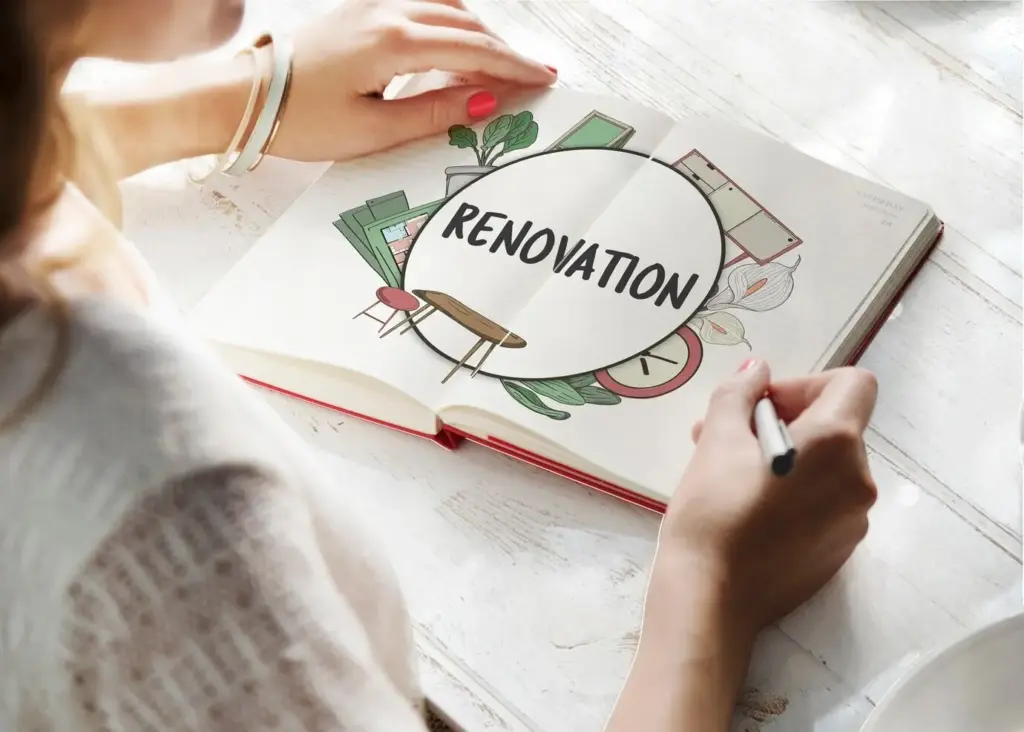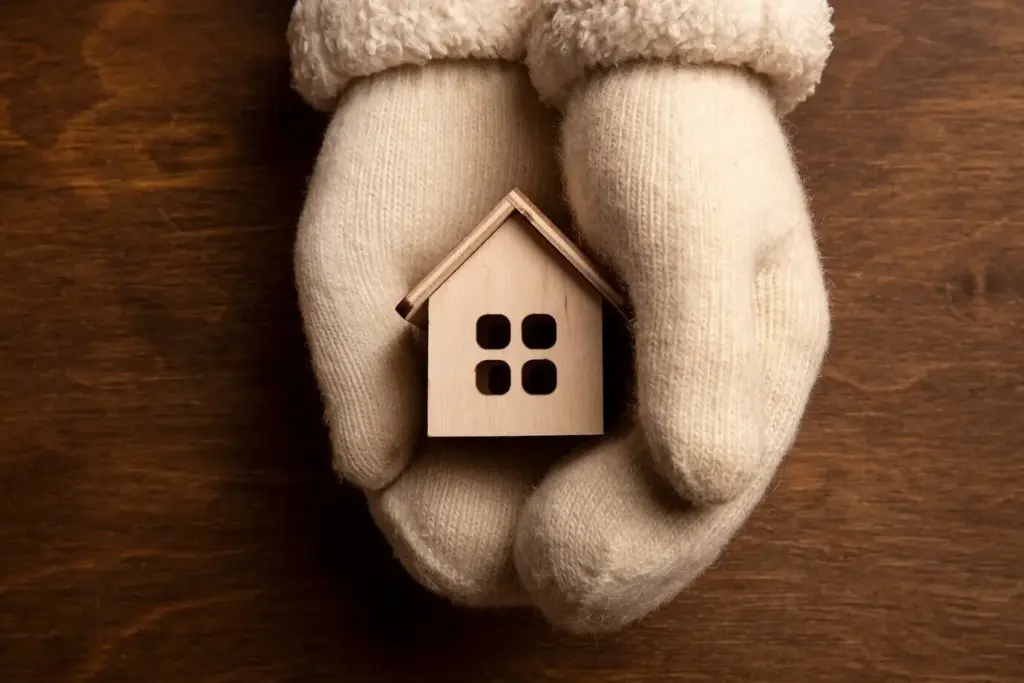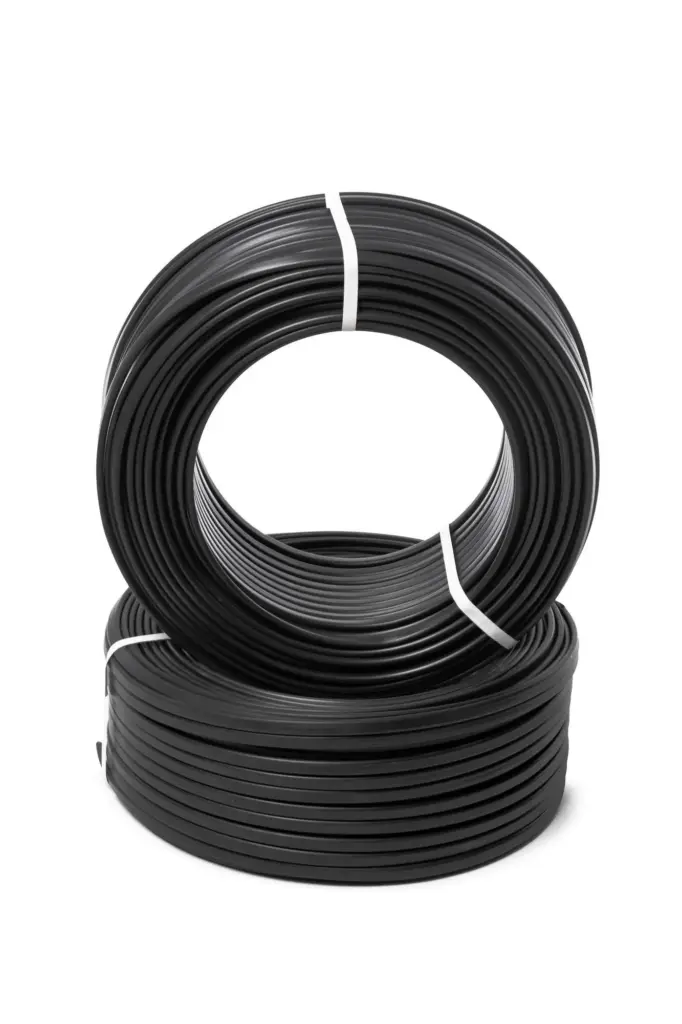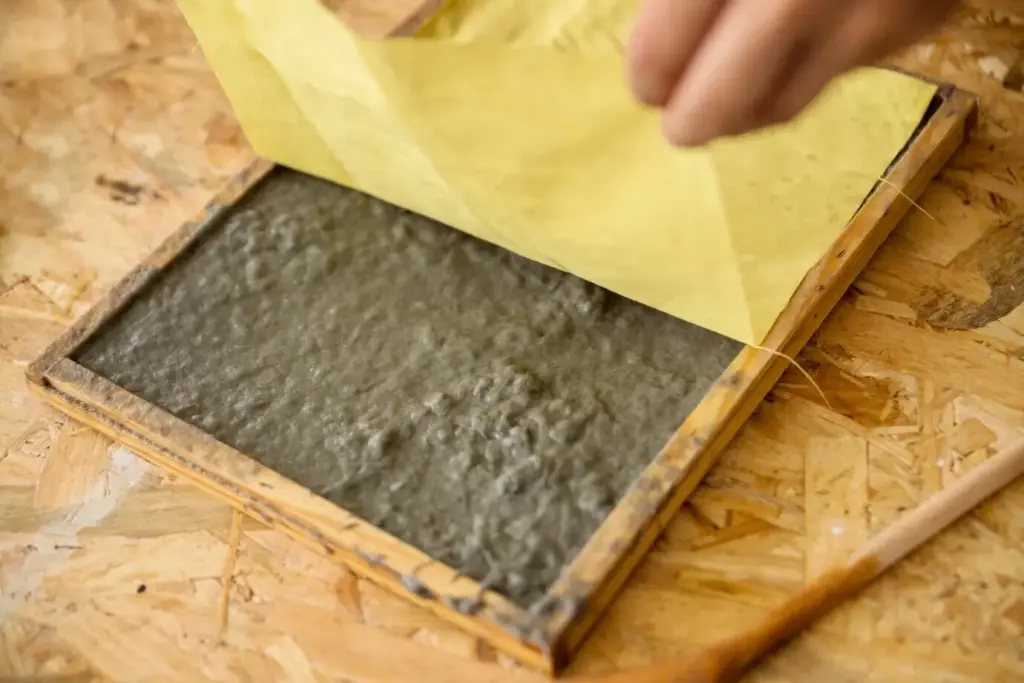From Hidden Emissions to Lasting Impact: Rethinking Home Insulation’s Full Journey
Today we explore embodied carbon and end-of-life paths for eco-friendly residential insulation, connecting the material’s origin story with the way it bows out decades later. By looking beyond operational energy, we uncover decisions that minimize upfront climate burden, enable reuse, and prevent waste. Whether you design, build, or simply want a healthier, smarter home, you will find practical guidance that links material science, circular strategies, and everyday choices into durable comfort with a lighter planetary footprint.

What Embodied Carbon Really Means for Insulation
Embodied carbon accounts for the greenhouse gases released before a home ever feels warm: extraction, processing, manufacturing, packaging, and transport, plus on-site installation impacts and early waste. Understanding it helps prevent quick wins that carry long-term climate costs. Think in life-cycle modules, evaluate supply chain electricity, and measure against performance targets. When coupled with durability and repairability, this perspective turns insulation into a climate ally that starts making sense the moment it arrives and keeps delivering value until its graceful departure.
Material Choices and Their Carbon Personalities
Bio-Based All-Stars: Cellulose, Wood Fiber, Hemp, Cork
Cellulose brings recycled content and favorable embodied carbon, especially when local mills feed nearby jobsites. Wood fiber boards add hygrothermal buffering, easing moisture swings and supporting comfortable interiors. Hemp and cork offer renewable stories with promising insulation values, though supply chains may be emerging in some regions. With all plant-based materials, details matter: keep bulk water out, allow drying, and avoid persistent moisture traps. When thoughtfully protected, these materials deliver cozy rooms, gentle acoustics, and reliable performance with a gratifying climate profile.
Mineral Wool: Reliable, Recyclable, Yet Energy-Hungry to Make
Rock and slag wool batts and boards stand out for fire resistance, dimensional stability, and ease of cutting around irregular framing. While melting rock or slag carries energy intensity, some producers use recycled content and cleaner electricity to reduce impacts. The material resists pests and holds shape in service, helping assemblies maintain R-value over time. Pair mineral wool with smart air sealing strategies to reduce heat loss while preserving reversibility. Clear labeling and mechanical fastening make eventual removal, grading, and reuse far more feasible.
Foams: Performance, Blowing Agents, and Responsible Use
Foam’s high R per inch can be invaluable in space-constrained retrofits and thermal-bridge reduction. However, blowing agents define climate performance, with modern HFOs significantly cutting lifecycle impacts compared to older HFCs. Specify formulations and installer practices that minimize overspray and waste, and consider where foam truly solves a problem versus where fibers or boards suffice. Detailing for disassembly is difficult with sprayed products, so limit them to strategic roles. Always verify EPDs, and prefer manufacturers who document responsible chemistry and recycling avenues.
Fasteners, Layers, and Gentle Ties That Let Materials Go Free
Choose screws over adhesives when possible, and use battens or clips that distribute load without damaging boards or batts. Layer membranes and insulation so each function is independent, allowing targeted interventions later. Keep penetrations minimal and neatly sealed, not buried in compound systems. Where adhesives are necessary, use reversible or low-bond options and provide test panels for future reference. Thoughtful sequencing during installation can save hours of destructive work decades later, protecting material value, indoor air quality, and the climate gains already earned.
Marking Materials So Future Crews Understand What They’re Handling
Create a simple map of insulation types, thicknesses, and coatings, stored both on site and online. Label hidden layers at accessible points with durable tags and QR codes linked to digital EPDs, safety data, and installation notes. Clear documentation prevents unnecessary waste, helps salvage firms route materials correctly, and reduces the risk of mixing incompatible products. This modest effort often determines whether insulation is carefully lifted for reuse or torn apart in confusion. Teach the building to tell its story long after you leave.

End-of-Life Paths That Respect the Planet
A thoughtful finale preserves value and prevents pollution. Prioritize reuse, then recycling, with composting or energy recovery for suitable materials under appropriate controls. Landfill should be rare and carefully managed. Establish partnerships with deconstruction teams, material exchanges, and specialized processors before demolition begins. Good sorting, gentle removal, and dry storage can turn castoffs into inventory for the next project. By planning the last chapter at the first sketch, you avoid panic decisions, unlock circular flows, and keep today’s smart choices delivering benefits tomorrow.

Moisture, Durability, and the Carbon Payback Clock
A low upfront footprint is wasted if assemblies fail early. Moisture control, robust detailing, and maintenance extend service life, preserving climate gains and preventing expensive replacements. Consider drying paths, vapor control strategies, and realistic weather exposure during construction. Model hygrothermal behavior when assemblies are unfamiliar. Fire safety, indoor air quality, and pest resistance matter as much as R-values. Track carbon payback—the time it takes operational savings to offset embodied impacts—so your investment reliably contributes to near-term climate goals and long-term resilience.
From Plan to Practice: Stories, Purchases, and Community Action
Ideas stick when paired with real projects and clear purchasing steps. Buying with EPDs, asking suppliers about take-back programs, and collaborating with deconstruction crews turn intentions into measurable outcomes. Share lessons with your local builders, energy advisors, and waste haulers so the next job is easier. We invite your questions, field photos, and material leads. Subscribe, comment, or send a note about regional recyclers or salvage depots. Together we can simplify choices, avoid dead ends, and celebrate homes that age gracefully and responsibly.




All Rights Reserved.